Indigenous ‘at much greater risk’ amid coronavirus pandemic
Water shortages, insufficient healthcare, overcrowded housing make native groups especially susceptible to the virus.
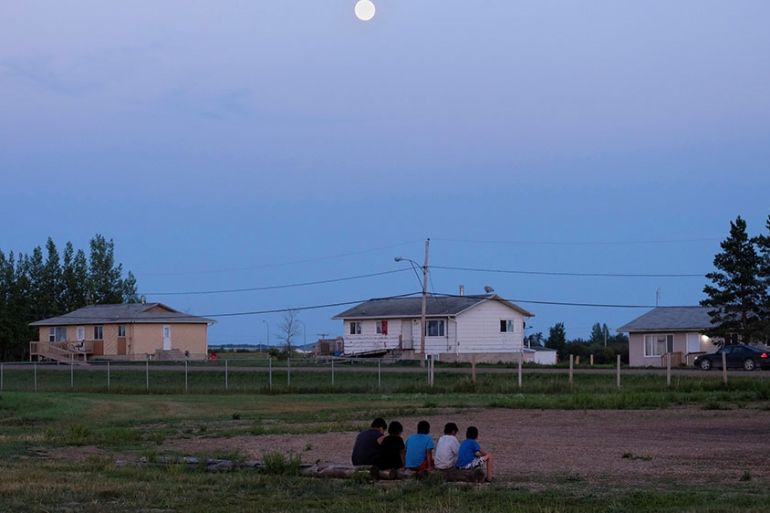
Montreal, Canada – One of the simplest pieces of advice health workers give to mitigate risk of contracting the novel coronavirus is to wash your hands regularly with soap and water, but for Indigenous communities across North America, that is not always easy.
Across Canada, at least 61 First Nations reserves had long-term drinking water advisories in effect as of February 15. That means that the water in those communities has been unsafe to drink for at least a year.
Keep reading
list of 2 itemsWhat happens if you catch the new coronavirus?
The lack of usable drinking water is only compounded by persistent infrastructure problems facing Indigenous communities, such as overcrowded housing and a lack of sewage systems, as well as years of government neglect.
“The long-standing disparities that exist in the way of healthcare and health conditions … put our people, our communities, at a much greater risk,” said Dalee Sambo Dorough, chair of the Inuit Circumpolar Council, an organisation that represents 180,000 Inuit across Canada, the United States, Russia and Greenland.
Based in the US state of Alaska, she said the risk of novel coronavirus, also known as COVID-19, spreading in Inuit communities is exacerbated by persistent infrastructure problems, such as overcrowded housing, a lack of sewage systems, and unsafe drinking water. Alaska’s Department of Environmental Conservation estimates that more than 3,300 rural homes that are occupied year-round don’t have potable water.
“Overcrowding is a huge issue,” Dorough told Al Jazeera. “When you then compound that with a respiratory transmission of the coronavirus, that alone can be devastating. [But] it’s not only the overcrowding – it’s the lack of potable water, also just the lack of actual healthcare facilities.”
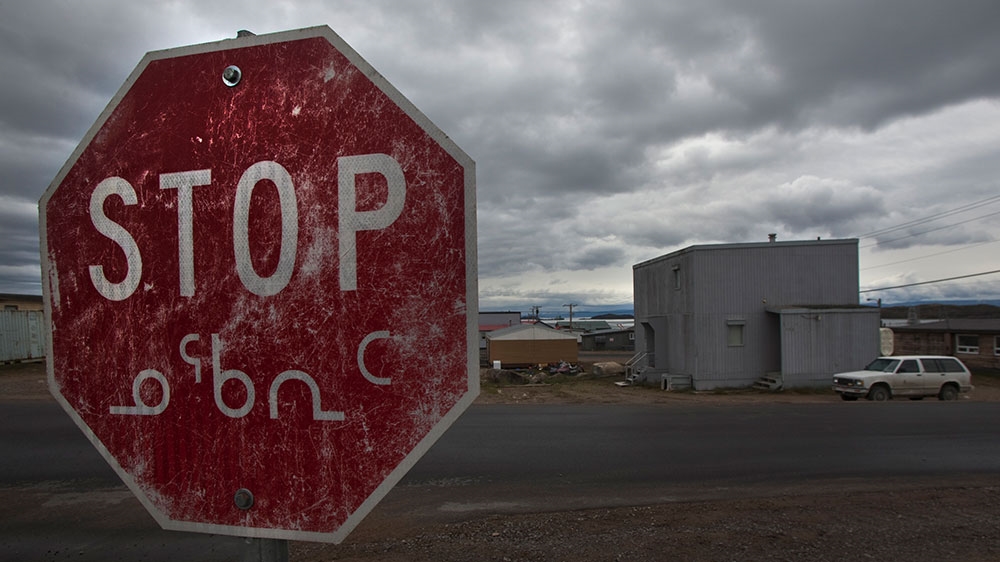
In Canada, the public health agency said at least 846 cases of COVID-19 were confirmed across the country as of Friday. At least 12 people have died, including six at a long-term care facility for seniors in North Vancouver.
Across the southern border, in the US, more than 13,000 people have been infected with COVID-19, though persistent delays and problems with testing for COVID-19 lead some experts to believe the actual case count could be much higher. At least 200 people with the virus have died there.
Dorough said governments should be tailoring their responses to the coronavirus pandemic to the needs of Indigenous communities and use the crisis to close many of the infrastructure gaps that have put Inuit at risk for years. “Make investments and prioritise the infrastructure that’s needed – the housing, the water, the sewers, all of it.”
Swine flu outbreak
This is not the first time that a global pandemic has drawn attention to healthcare gaps in Indigenous communities in both Canada and the US.
During the H1N1 swine flu pandemic in 2009, Aboriginal people accounted for 10 percent of the approximate 8,700 hospitalisations and 428 deaths in Canada between April and August of that year, a University of Manitoba study found. Aboriginal people only represented about four percent of the country’s population.
“Pandemic H1N1 hit Aboriginal populations in Canada disproportionately hard, pointing to a broader history of poorer health outcomes for Aboriginal people,” the researchers said. “The current state of Aboriginal health, and its potential vulnerability during a pandemic, is increasingly recognised as the result of complex political and socioeconomic factors and long colonial histories.”
Canada was also widely criticised during the H1N1 pandemic for sending body bags to two remote First Nations communities in the province of Manitoba. Chief Jerry Knott of Wasagamack First Nation, an Oji-Cree community about 600 km (373 miles) north of Winnipeg, told CBC News that he received 30 body bags from Health Canada.
“We had asked for funding so we can get organised and to ensure medicines, hand sanitisers and other preventive kits were in place but, instead, we are shocked to receive the body bags,” Knott said at the time. “To me, this is unacceptable.”
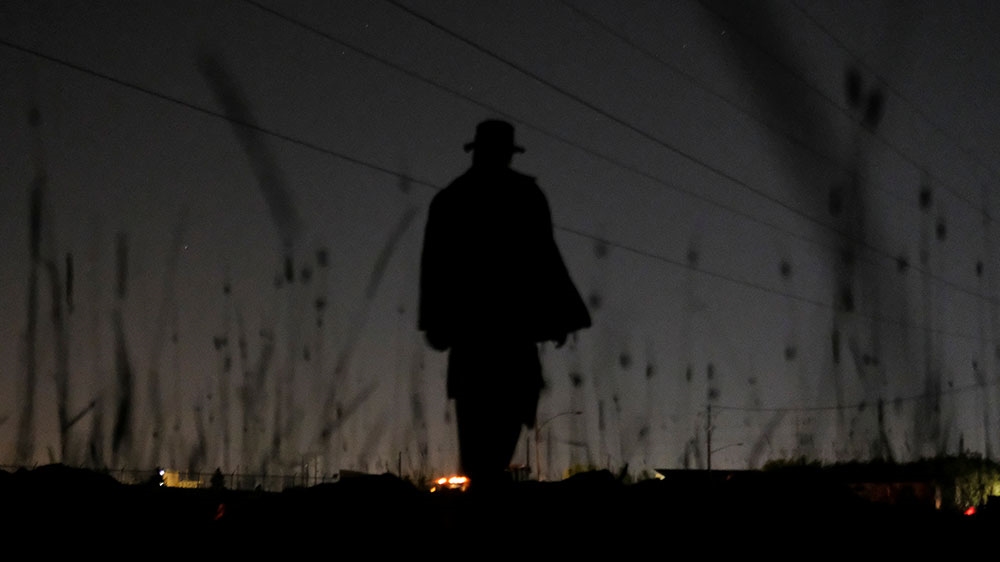
Stephane McLachlan, a professor in the department of environment and geography at the University of Manitoba in central Canada, is involved in a newly funded research project that aims to outline Indigenous-led ways to combat COVID-19.
“It’s clear that Indigenous people everywhere are susceptible [and] have been devastated by these pandemics in the past,” he said. “People are relatively isolated, they had inadequate access to healthcare to begin with, the housing is often crowded … food insecurity is an issue sometimes and certainly unemployment rates – those all act to make people more vulnerable.”
The research team – which includes several Indigenous scholars, health agencies and community leaders – will evaluate past and current pandemic response plans and come up with solutions to fill gaps and better meet the needs of Indigenous peoples in Canada, he said.
“There is very little ability to get ahead of [an outbreak] and to act proactively,” McLachlan told Al Jazeera, about what typically happens when a virus or disease is spreading. “What this funding allows us to do is to get ahead.”
‘Top priority’
This is a “crisis waiting to happen,” Canadian parliament member Niki Ashton of the New Democratic Party told reporters last week. “When we hear the federal government telling people to wash their hands, how do you do that when there’s no running water? When you hear the government tell you that you need to self-isolate, how do you do that when you live in a house of 10 to 20 people?”
Canada has pledged to lift all long-term drinking water advisories on First Nations reserves by March 2021. To date, 88 long-term advisories have been lifted since November 2015.
Marc Miller, Canada’s minister of Indigenous services, said the government is aware that First Nations and Inuit people are more vulnerable to the coronavirus.
“Indigenous Services is here to help adapt and activate plans for your communities. No community will be left behind,” Miller said on March 19, as reported by Canadian media.
“We’re here to mobilise supplies. We are here to address the vulnerabilities of Indigenous communities, and recognise that we can only do this in close collaboration with Indigenous leadership across this country.”
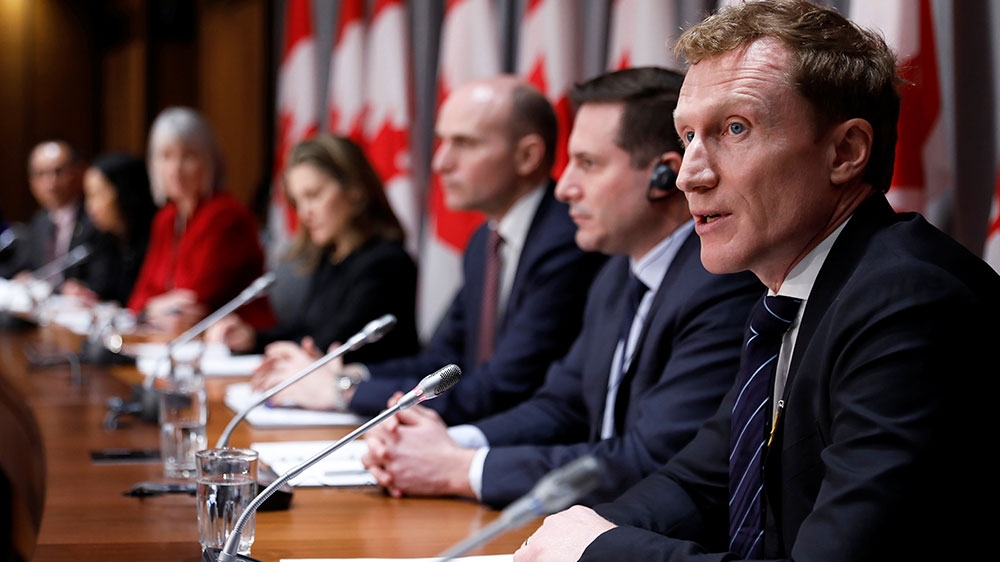
A spokesperson for Miller’s office told Al Jazeera in an email on March 11 that the ministry was working with First Nations to make sure pandemic plans are in place and up to date, and that accurate information is available in communities.
The ministry has a stockpile of protective equipment and hand sanitiser that is available to First Nations, and it is also evaluating its medical transportation and evacuation plans for residents of remote communities should they require it. “Our top priority is the health and safety of all Canadians, including First Nations, Metis and Inuit,” the spokesperson said.
Canadian Prime Minister Justin Trudeau announced this week that the government would provide $305 million Canadian dollars ($213m) for a new distinctions-based Indigenous Community Support Fund to address immediate needs in First Nations, Inuit, and Metis Nation communities
Taking precautions
But the response so far has not alleviated concerns.
Last week, Chief Harvey Yesno of Eabametoong First Nation, a reserve in northern Ontario that has been under a boil water advisory for 18 years, said the community was not satisfied that Canada and Ontario were ready to respond to the public health emergency and pandemic.
Yesno also criticised the federal government for saying that it would deploy isolation tents in First Nations communities to deal with a potential outbreak. “This is a clear indicator of the embarrassing state of First Nations primary healthcare on-reserve,” Yesno said in a statement.
Perry Bellegarde, national chief of the Assembly of First Nations, said Canada must have a “robust prevention and response plan” to keep First Nations safe, especially those that are isolated and lack healthcare resources. “They don’t have access to hospitals. They have nursing stations, which are basically under-funded and overcrowded and not meeting the needs already,” he told CTV News.
Many communities have taken matters into their own hands.
The Southern Chiefs’ Organization, which represents 34 First Nations in southern Manitoba, declared a state of emergency on Tuesday, saying the communities did not have the necessary supplies to respond to a coronavirus outbreak and faced a shortage of healthcare staff. “Due to chronic overcrowding, lack of equitable healthcare, and poor infrastructure, it is the only prudent step to take,” Grand Chief Jerry Daniels said in a statement.
Constance Lake First Nation, an Oji-Cree community in northeast Ontario about 1,000km (621 miles) from Toronto, also declared a state of emergency that same day. It said it lacked medical staff and supplies, as well as COVID-19 testing kits and personal protective equipment. It also discouraged visitors from coming to the community and ordered residents to self-isolate for 14 days should they return.
The overcrowded housing makes it much easier for infectious diseases in general to transmit from one person to another.
Dr Michael Patterson, the chief medical officer of health in Nunavut in northern Canada, said the territory since January has been steadily increasing its preparedness to deal with a COVID-19 outbreak. He told Al Jazeera on March 10 that while a few individuals have been tested, Nunavut has had no confirmed cases so far.
The large distances separating Nunavut’s 25 municipalities can be both a benefit and a challenge when responding to a contagious virus outbreak, Patterson explained, noting that while it may make it easier to contain the potential spread of a virus from between communities, it also may make the transfer of resources harder.
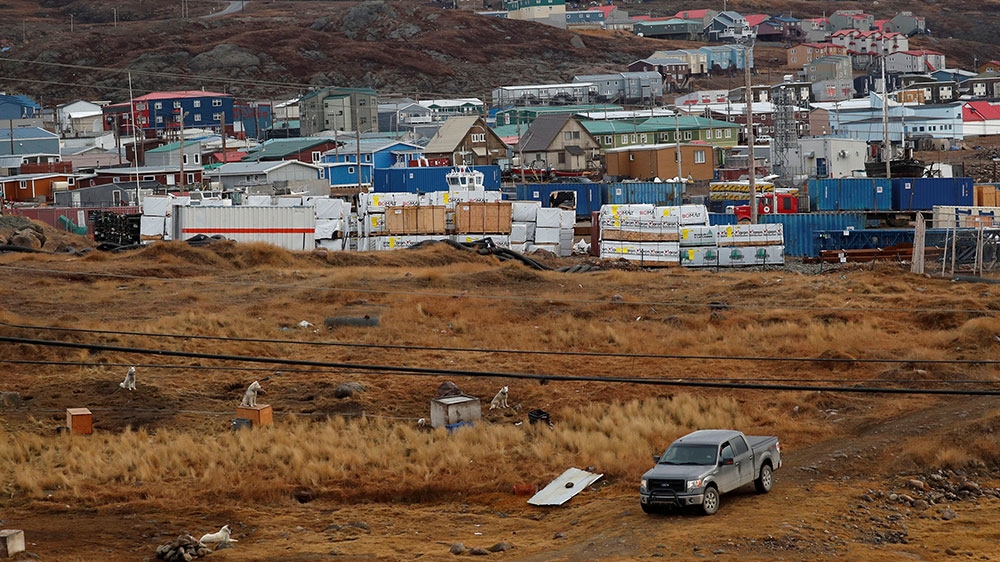
Right now, every community in Nunavut has a supply of gowns, gloves and masks. “The goal is to have a two weeks’ worth of supplies in every community, with a stash of supplies in a central hub within reach of our three regions so that we could resupply communities fairly quickly,” he said.
Patterson acknowledged that overcrowded housing and other factors, such as food insecurity, make people in Nunavut more vulnerable during pandemics. “The overcrowded housing makes it much easier for infectious diseases in general to transmit from one person to another,” he said.
“Right now, though, we’re concentrating on those things we can do to reduce the risk.”